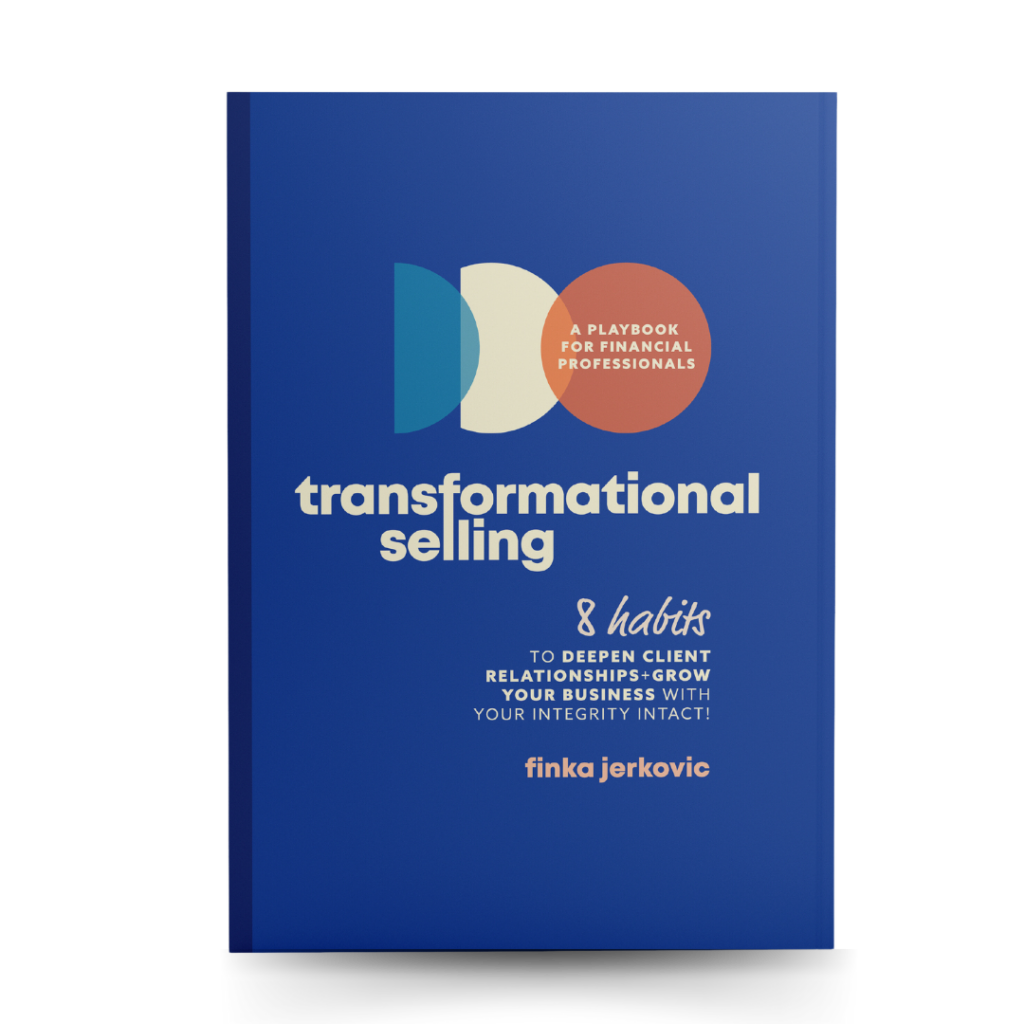I was attending a conference where a financial services institution was doing their big reveal of their company purpose. The organization’s head office team, alongside a few external consultants, had spent 18 months crafting, curating, and testing out their purpose statement. All their hard work had paid off as they stood on stage, announcing the most important eight words the company was going to stand behind.
The presentation was inspiring, video-reel emotional, and the presenters received a positive applause from the audience. Then they opened the floor to questions.
One leader raised his hand and asked: “How will we get our teams to adopt this purpose?”
To which the presenter responded, “Our CEO is adopting it and for that reason you and your team will too.”
What?
Just because the CEO has adopted the statement, and you had a rah-rah presentation, and it gets posted on the company website and in marketing materials, doesn’t mean you or your team will “buy in” to the company purpose statement.
What is a Purpose Statement?
A purpose statement acts as a guiding light for people at all levels of a business. Whether they’re C-suite individuals, managers, or employees working their way up the ranks, this single statement keeps the whole team on track to reach the ultimate business result. A purpose statement highlights why a business was created, what the overarching goal is, and which services or offers it provides to help people
The Desire for Purpose
A McKinsey & Company study, Help your employees find purpose – or watch them leave, published in 2021, revealed that “employees at all levels in the organization say they want purpose in their lives.”
In addition, the study disclosed that 70% of employees surveyed said their purpose is largely derived through their work. When these same employees were asked if they received purpose from their work, sadly only 15% of frontline managers and frontline employees agreed.
There is work to be done. The good news is that organizations are investing time, energy, and money in getting clear on defining their purpose. However, getting their teams to embody and live out this purpose is the current challenge they are facing.
So, what can you do? How can you adopt and incorporate your company purpose and why should you?
There’s a good chance you chose to work at your company because of the vision, values, and purpose they aim to represent. You get to use the work you do for your company as a vehicle to live out your purpose, as an extension of your own values, and as an environment in which you express and experience it.
Here are three steps you can take to acclimate your company’s purpose to your own.
1. Internalize
Reflect on your company’s purpose and connect it to your personal purpose. How does it relate? How does it allow you to practice living out your purpose?
For example, let’s say your company’s purpose is “to promote health and prosperity to all clients.” Then, let’s say you’ve seen firsthand the challenges entrepreneurs face in managing cash flow, growing in a new segment, and weathering a market downturn in a recession. This is something near and dear to your heart that you want to help others manage better or avoid the harsh consequences certain decisions may lead to. Therefore, your role as their Relationship Manager is to help them maintain healthy cash reserves for unforeseen events so that they can build a prosperous and successful future.
2. Personalize
Next, you need to personalize your company’s purpose by connecting it to your Brilliant Difference™. How do you specifically help your clients? What do you do best and differently? What result do you deliver?
Continuing with our Relationship Manager example above, let’s say their Brilliant Difference™ Signature is Pragmatic Problem-Solving. Using Pragmatic Problem-Solving, they help their clients “promote health and prosperity” by providing practical, step-by-step financial plans. Their clients invite them to their annual strategy meetings so that they have an insider view of their business. Their clients are visionary, creative entrepreneurs, and they appreciate their ability to get into the weeds to determine how what they are dreaming up can be made possible.
3. Actualize
Finally, having a purpose and living it are two very different things. You bring your purpose to life through your daily actions and interactions. What will you do to demonstrate your purpose? How will you show up?
In our Relationship Manager example, they complete a financial well-being health check annually with all their clients. All these annual financial health-check meetings are booked three months in advance, giving their team and client ample time to prepare and contemplate key learnings from the past year. They are bringing Pragmatic Problem-Solving to life while supporting their company’s purpose “to promote health and prosperity to all clients.”
How Will You Acquire Your Company Purpose as Your Own?
Now it’s over to you.
Are you excited to put this into practice? Are you curious as to how you can use purpose to improve results, build stronger relationships, and create more meaning in your work?
I’d love to hear from you. Email finka@finka.ca to ask me your questions and provide comments.


